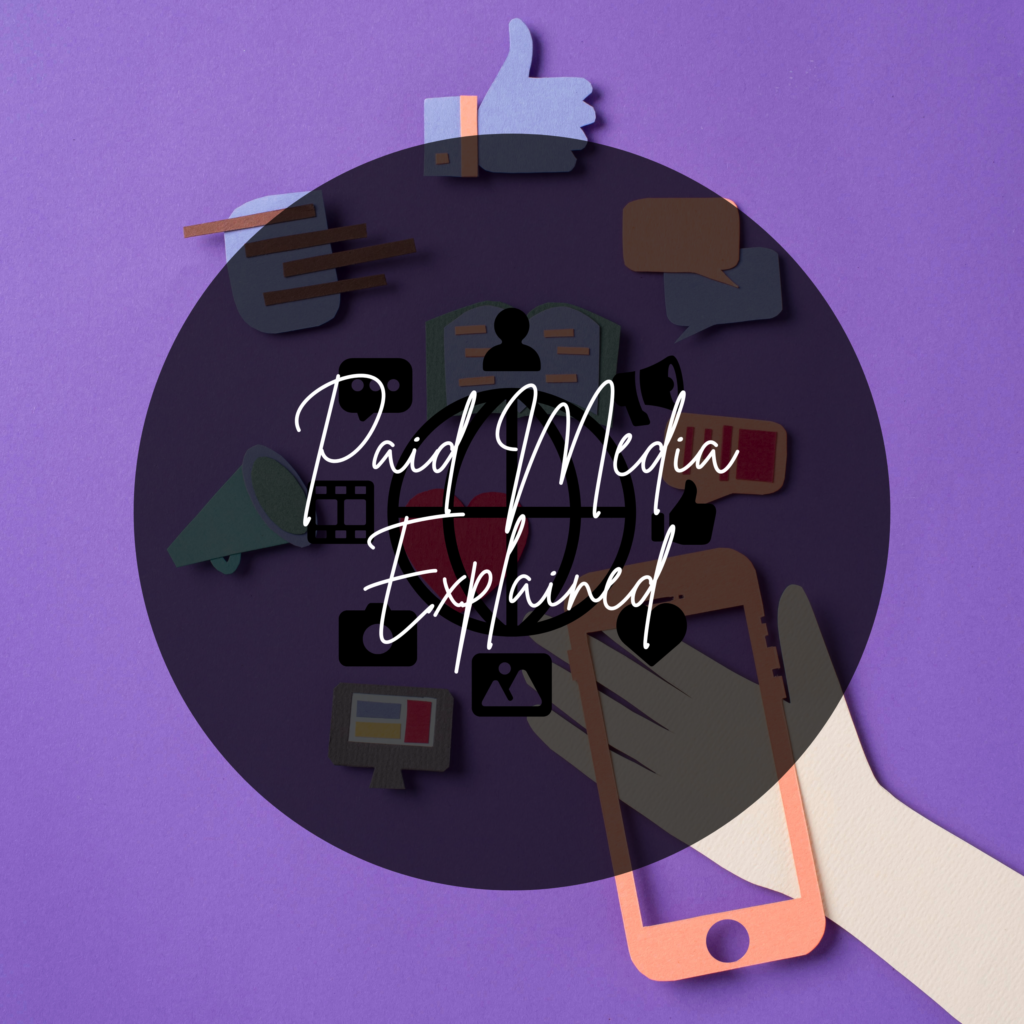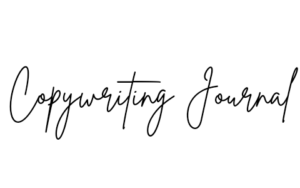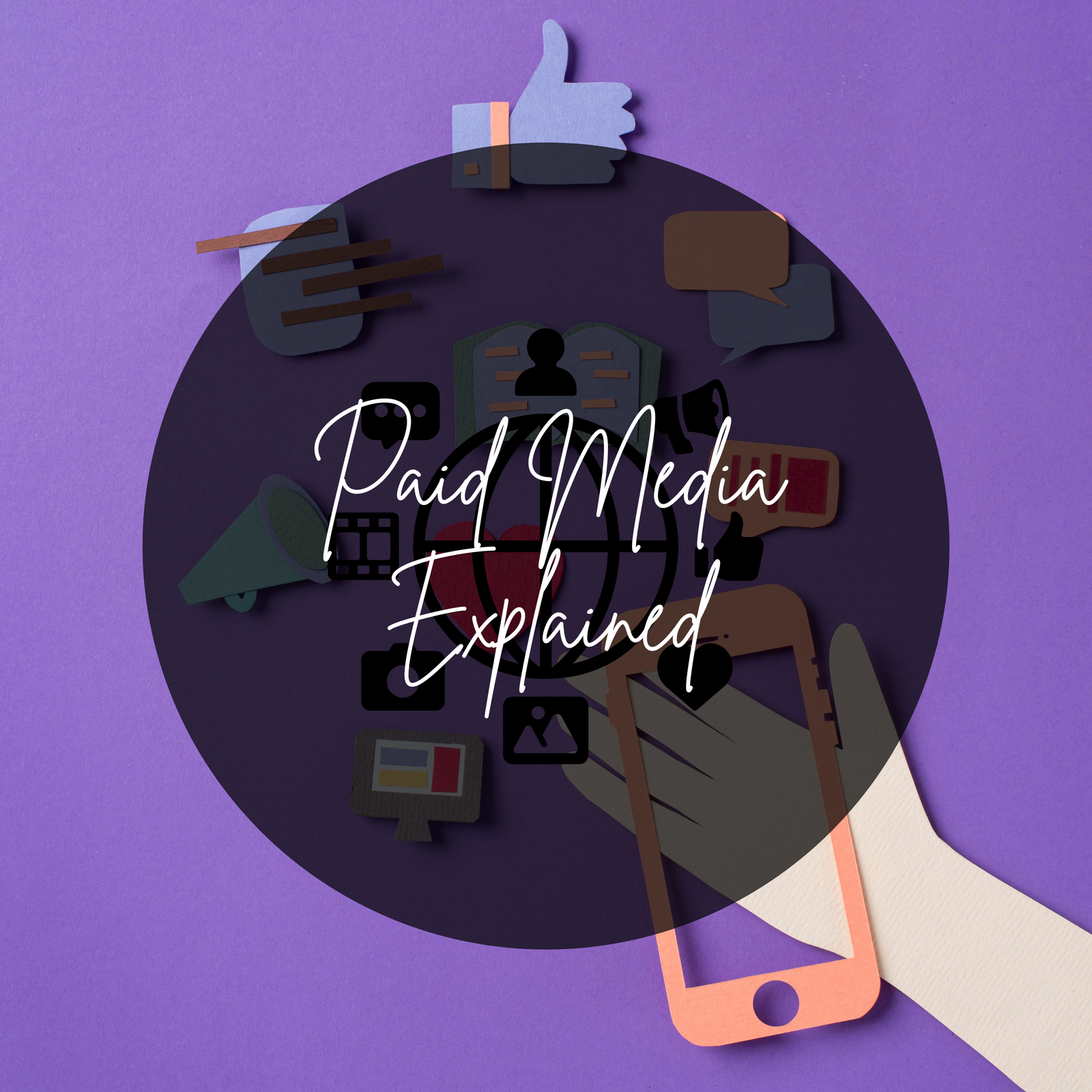
Think about all the billboards you’ve seen while driving on the highway. Eye-catching right? Instead of waiting for people to find your business, you pay to put your message directly in front of them. That’s paid media. It’s like renting billboard space on the internet to promote your business.
Paid media is a strategic approach involving the purchase of advertising space to promote your business’s content, services, or products on external platforms. It includes ads on Google, social media platforms, and other websites. It’s an effective way to reach your target audience quickly, drive traffic to your website, and generate leads.
By reading further, you’ll gain insights into paid media, effective paid media strategies, optimizing your ad spend, and maximizing your return on investment.
What is Paid Media?
Paid media refers to external marketing efforts that involve a paid placement. It includes various types of advertising, such as pay-per-click (PPC), display ads, search engine marketing (SEM), and sponsored social media posts. This form of media is one method by which organizations can promote their content through channels they do not own.
TV ads, print advertising, sponsorships, and other types of media. In digital marketing, paid media includes pay-per-click (PPC) ads, paid social media ads, and search engine marketing (SEM).
What’s the Difference Between Paid, Earned, and Owned Media?
Combining paid, earned, and owned media can be a powerhouse for your business. It helps attract, nurture, and convert leads.
To understand how these create a powerhouse, you’ll need to understand the differences between paid, owned, and earned media and how these are crucial for developing a comprehensive and effective marketing strategy, as each type plays a unique role in how your brand reaches and engages with its audience.
Paid media
Paid media is any content or advertising that a business pays to place in front of an audience. This includes pay-per-click (PPC) campaigns, display ads, sponsored social media posts, and other forms of online and offline advertising.
It’s an effective way to quickly reach a large audience, drive traffic, and generate leads. It allows businesses to target specific demographics and measure the performance of their campaigns through analytics.
Earned media
Earned media is the exposure a company gains through word-of-mouth, including mentions, shares, reviews, and other forms of content created by third parties. This type of media is “earned” because it is based on the quality of the content, product, or service, rather than paid placements. It often takes the form of press coverage, social media mentions, and user-generated content. Earned media is highly valuable because it is seen as more trustworthy and credible by consumers.
Owned media
Owned media consists of the channels and content that a business controls and owns. This includes a company’s website, blog, email newsletters, and social media profiles. Owned media allows businesses to have full control over their messaging and content, providing a platform to build long-term relationships with their audience. It is the foundation upon which other media efforts, such as paid and earned media, can be built and leveraged.
What is it Used for?
Paid media is used to:
- Increase Brand Awareness: Reach a larger audience quickly.
- Generate Leads: Attract potential customers through targeted ads.
- Boost Engagement: Promote specific content to increase user interaction.
- Drive Traffic: Direct more visitors to your website or landing pages.
How Can it Be Used?
Paid media can be leveraged in several ways:
- Search Engine Advertising: Utilize PPC campaigns to appear in search results.
- Display Advertising: Place visual ads on relevant websites and platforms.
- Social Media Advertising: Promote posts on platforms like Facebook, Instagram, and LinkedIn to reach targeted demographics.
- Influencer Collaborations: Partner with influencers to endorse products or services.
Paid Media Strategy
Define Goals and KPIs
- Determine what you want to achieve (e.g., brand awareness, lead generation).
- Set measurable goals such as click-through rates (CTR), conversion rates, and return on ad spend (ROAS).
Identify Your Target Audience
- Analyze your market and segment your audience based on demographics, interests, and behavior.
Choose the Right Platforms
- Select platforms that align with your audience’s preferences and behaviors (e.g., Google Ads, Facebook Ads).
Create Compelling Ad Content
- Develop engaging and relevant ad creatives tailored to your audience and platform.
Set a Budget and Bidding Strategy
- Allocate a budget based on your goals and choose a bidding strategy that aligns with your campaign objectives (e.g., cost-per-click (CPC), cost-per-impression (CPM)).
Launch and Monitor Your Campaigns
- Launch your campaigns and monitor their performance regularly.
- Use analytics tools to track KPIs and make data-driven adjustments to optimize results.
Evaluate and Optimize
- Review the performance against your goals.
- Optimize by tweaking ad creatives, targeting, and bidding strategies to improve effectiveness.
Paid media is an essential component of modern digital marketing strategies. It offers businesses the opportunity to reach a wider audience, drive targeted traffic, and achieve specific marketing goals efficiently. By understanding what paid media is and how to use it effectively, you can enhance your brand’s visibility and conversion rates. Remember to define your objectives, target the right audience, choose the appropriate platforms, and continually monitor and optimize your campaigns for the best results.

